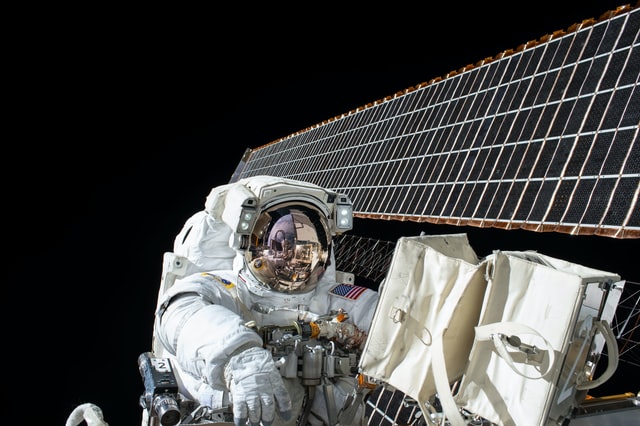
Exploration MECSuits
Planetary Protech is the only company currently dedicated to the concept of MECSuits (Modular and Evolution Capable). It is currently developing its core MECSuit Architecture and simultaneously a prototype version of an EVA MECSuit for Mars, the MarsSuit – M33.
Key Features of MECSuit Architecture
Wherever possible MECSuits are designed to be modular. The Bio layer and the pressure bladder are sheathed in NÜWABlend® an intelligent material that can be programmed to meet the specific demands of multiple environments. It can be programmed to react to heat and cold, light and dark, variations in pressure, moisture levels and even variations in particulate density. It is light weight and flexible and engineered for the highest levels of mobility, environmental protection, ease-of-use, and comfort, plus:
- Modular sizing to fit everyone
- Modular, high visibility helmet system
- Heads-up displays
- Protects against micro-meteoroids and radiation
- Easy to Don and Doff
- Lightweight and comfortable in the extreme temperatures and vacuum of space
- Maximum mobility in low gravity
Smart MECSuits
In general, future space suits will employ numerous technologies that will make it easier for astronauts to understand how the spacesuit is reacting to its environment and the stresses of the tasks it will be required to perform.
Space Suits will also borrow design and technology features from military, medical and general engineering products, in the same way that space suits will also provide technologies in the manufacture of spin off products that can be adapted for use on Earth. Military’s experiments in digital camouflage (using materials like the e-ink in Amazon Kindle displays) for example might be used in suit material surfaces along with other programmable intelligent materials to regulate temperature, protect against radiation and even to self-heal (nano-tube technology) when punctured by micro-asteroids and other airborne particulates.
Other features of futuristic spacesuits could include “shape memory” to better fit an astronauts body. Or sensors and robotics in the gloves to make it easier for astronauts to “feel” what they are touching.
And camera’s built into the material of the suit with communications links as part of the fibre of the material itself, instead of separate dedicated wiring. This in-built communication system will limit the need for dedicated wiring, reduce the weight of the space suit and guarantee the integrity of comms links between surface based fellow Astronauts, base camp and Mission Control.
The camera imagery will eventually enhance the experience of interested people on Earth, watching the activity of Space Suit wearers on the surface of the Moon and Mars, or Astronauts Space Walking outside the ISS, all from the safety of their living rooms, or on their Smart devices.
